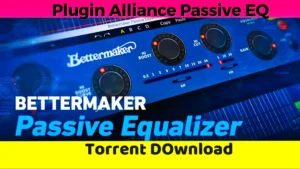The Plugin Alliance Bettermaker plugin is an equalizer plugin. It can be used for mixing and mastering. It is inspired by the Bettermaker valve stereo passive equalizer hardware. This hardware is known as VSPE in the music industry.
It is a two-band stereo processor. Although it is an analog flavor plugin, it also offers visual feedback in the form of the frequency spectrum analyzer, as most of the parametric EQ plugins do.
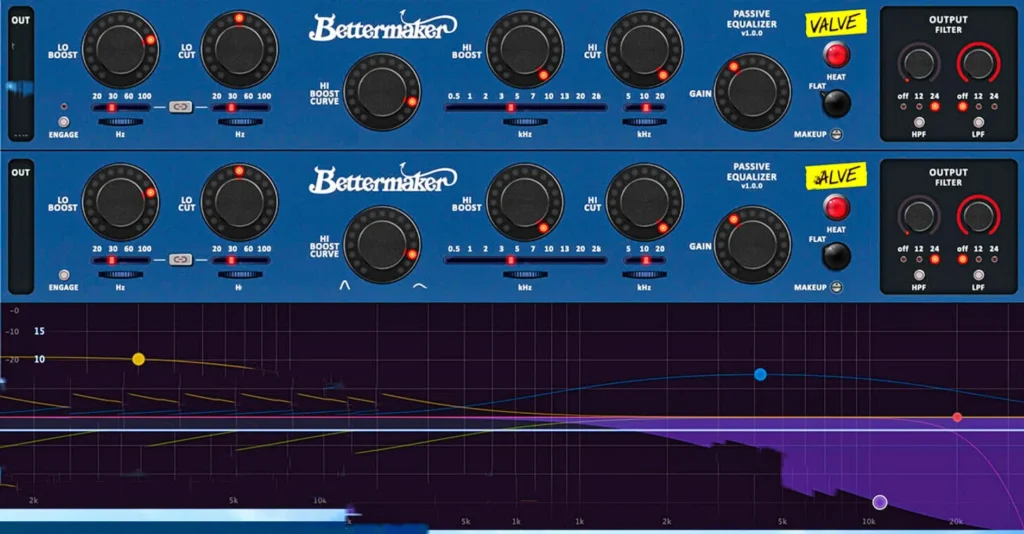
So, in this article, the following topics about this plugin will be discussed in detail.
- Key Features.
- Detailed Overview.
- Uses and applications.
- System requirements and technical details.
- Comparison with other EQ plugins.
- FAQs.
- Review.
- Conclusion.
Later in the article, the concept of passive EQ plugins will also be covered.
So, without further ado, let’s start.
Key Features:
- This plugin is the emulation of the old analog studio gear. On the other hand, it also adds digital features (visual feedback) to it.
- It is a passive EQ plugin, which means it can add warmth to the low end and smoothness to the high end of the sound. In this way, these types of plugins are also suitable for mixing and mastering besides sound designing.
- It also offers various filter types such as high pass, low pass, bell shape, and shelving filters so that users can design their sound in different ways.
- Plugin Alliance Passive Equalizer also allows the user to apply different settings of EQ at the mid and side of the input signal. In this way, its user can increase the stereo width of the sound. This feature is called the mid-side processing.
- As mentioned above, this plugin also provides visual feedback in the form of a frequency spectrum analyzer. With the help of this analyzer, the user can observe the changes being made by the plugin in real-time.
- This VST plugin has two processing modes. The first mode is called tight. When the user selects this mode, the plugin works more accurately as a surgical EQ. The second mode is called smooth. This mode is used for a gentler, more musical touch. The first mode is suitable for cleaning up audio, finding resonance, etc. The second mode is suitable for adding a certain tonality to the audio signal. So it can be used for mastering.
- There is also a switch on the interface of this plugin. This switch is named Flat/Heat. By turning this switch on, the plugin will add extra color and tone to your tube amp.
- This VST is very simple to use with a minimalistic interface. Visually, the interface of this plugin looks like a pultec style EQ.
- bettermaker stereo passive equalizer plugin also offers internal and external side-chain options.
- The GUI of this plugin is also scalable.
- It also comes with the built-in presets.
Detailed Overview:
In this section of the article, I will give a complete overview of this plugin. After reading it, you will know how this plugin works and how to use this plugin to get the desired sound.
Low Cut and Low Cut Filters:
First of all, there are two knobs in this plugin. These knobs are the low-boost and low-cut filters.
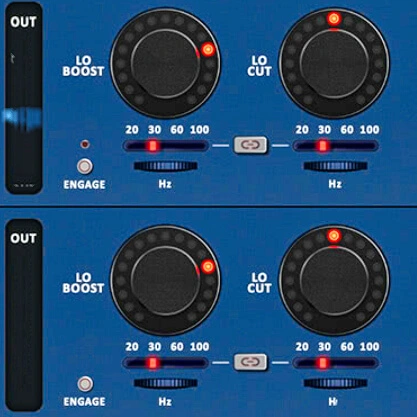
The functions of both these knobs are clear by their names. By turning the low-cut knob, the low-frequency content of the audio signal will be decreased. By turning up the low boost knob, the low frequencies will be increased.
The low-cut knob is used to tackle the problem of muddy frequencies, which can affect the clarity of the mix. The low-cut knob cuts the low frequencies below the 50hz. These frequencies are the rumble and humming ones, which can make the mix muddy.
Cutting the low frequencies below 50hz can also make the mix clear, and it is also helpful in making the kick drum stand out through the mix. plugin alliance bettermaker passive equalizer eq232d removes the extra boominess from the kick.
On the other hand, the low boost knob boosts the low frequencies, which means it can be used to add energy to the sound.
Below both these knobs, there is also a switch type parameter. This parameter helps the user to select the specific frequencies that are to be cut or boosted by this plugin.
There is also a sync option. By turning this option on, both knobs will move accordingly.
High Boost and High Cut Knob:
Below the logo of the bettermaker, there are two knobs known as a high-curve boost knob and high-cut knobs.
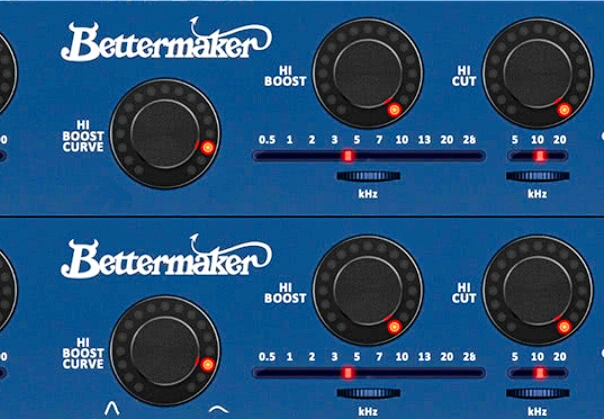
The high boost curve is a knob that let the user set the EQ curve shape of the Plugin Alliance Passive Equalizer. When the knob is at the center, then the shape of the EQ curve is flat. When the knob is toward the right, the EQ curve is broad in shape and when the knob is toward the left then the EQ curve is narrow in shape.
After this, we have the high-cut knob. This knob is cut the high frequencies. Users can also select the shape of the EQ curve. This is used to cut harsh frequencies. It is also used in mastering if the user wants to shape the high end of the track.
In the high-cut function, the plugin also lets the user set the frequency range from 5k to 20 kHz.
Next up we have the high boost knob. This knob determines the amplitude of the EQ curve. Users can also choose the range of the frequency area where the frequency boost should occur. Users can choose a 0.5k to 28 kHz Frequency range.
Visual Feedback section:
As mentioned above, this plugin also has a frequency spectrum analyzer. Like most of the parametric EQ plugins, it shows the behavior of the frequencies at different regions.

Having this type of analyzer, especially in an EQ plugin, is very helpful. It helps the user to know which frequencies are resonating and which ones should be boosted. This feature is absent in the analog gears.
Gain Knob and value Function of Plugin Alliance Passive Equalizer:
After there is a gain knob in this plugin. This knob helps the user to set the gain of the signal before entering into the plugin.
When the user increases the value of the gain knob the signal gets colored and saturated. This gives a feel of analog sound. To increase this analog feel there is a heat mode option. By turning this mode on the plugin adds more distortion to the sound.
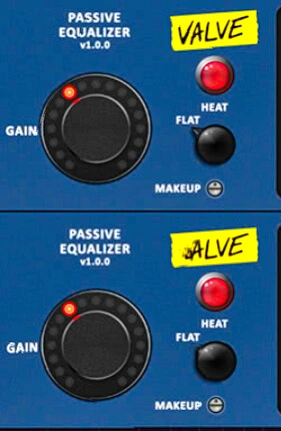
This also has the mono knob. By clicking on this knob, the plugin will solo the track which is being processed by it.
Users can also listen to mid, side, left, and right channels in solo by clicking their dedicated solo buttons present on the preset manager section.
Uses and Applications:
- Plugin Alliance bettermaker bus compressor plugin can be used for mixing and mastering. It can add analog warmth and rich harmonic, as the actual studio gear (EQ232D) does. In the process of mixing, it can be used for cutting and boosting specific frequencies. In terms of mastering, it can be used to give an analog feel and glue effect to the overall mix.
- As mentioned above in the article, this plugin also supports mid-side processing. It means the user can apply the different settings to the mid and side frequencies of the signals. This technique can be used for the expansion of the stereo width of the signal.
- This plugin can also be used for sound design and vocal processing.
System Requirements and Technical Information:
- Plugin Alliance Bettermaker Passive Equalizer is compatible with the Mac [Intel/Apple] [HCiSO] and also with the Windows
- Original Publisher: Plugin Alliance
- Version: 1.0.0
- Category: VST, VST3, AAX Plugins
- Require: macOS 11.0 +/win 8 or higher +2 GB RAM
- License type: Full
- Size on Disc: 184 MB
Comparison With Kiive Audio – M5133 Mastering Equalizer:
| Features | Kive Audio M5133 | Plugin Alliance Passive EQ |
| Focus | Its main focus is providing analog sound. | It is also a passive EQ that provides the analog sound to the input signal. |
| EQ Type | It is an analog style EQ with no frequency analyzer for visual feedback. | It is also an analog style EQ, but it has a frequency analyzer for visual feedback. |
| Frequency Bands | It provides 5 EQ bands | It provides 2 EQ bands |
| User Interface | Its interface is purely analog style. | Its interface is also analog style. It resembles the pultec style EQs. |
| Professional Feedback | “I often reach for the M5133 when I need to fine-tune the mid-range frequencies in a dense mix. It allows for subtle enhancements without clouding the overall mix balance.” – Markus J., Mastering Engineer | “The Bettermaker Passive EQ is my go-to for adding warmth and air to vocals. Its analog-inspired curves make it easy to dial in a pleasant high-end sheen.” – Alex K., Mixing Engineer |
| Learning Curve | It is somewhat difficult as it provides more options like saturation models, stereo width and much more | It is easy to learn as it has limited functions |
FAQs
How does a passive equalizer work?
The passive EQ works by decreasing certain frequencies with the help of passive components such as resistors, capacitors, and inductors. Unlike the active EQs, they don’t use the amplification meaning they don’t boost the signal.
These EQs are also known for their smooth and natural results because they introduce less phase distortion. As they don’t boost the input signal so preamplifier is also needed to bring the audio to the normal level. These EQs are mostly used in the mixing and mastering to add vintage analog characters without harshness or artifacts.
Plugin Alliance Bettermaker passive equalizer Review:
This review reflects my personal opinion and experience with the plugin. I have purchased the plugin myself and have no affiliation with the company. I have not received any compensation or free products for this review. My opinions are entirely my own, and they may differ from yours. The content of this review is intended to provide information and assistance to potential users.
I used this plugin and here is my honest review in the form of pros and cons.
First of all, let me list the pros of this plugin.
Pros:
- This VST plugin gives nice rich harmonics and warmth to to the sound and mimics the analog hardware version exceptionally well.
- It offers different types of EQs including Parametric, Shelving, and Pultec-style filters providing a comprehensive choice of sound shaping.
- Its interface is user-friendly and easy to navigate. It exerts a low load on the CPU.
- Mid-side processing is also available in this plugin which provides the natural stereo-widening effect of the sound. It is also helpful in adding the 3D effect to the sound.
Cons:
- This EQ plugin doesn’t work as the dynamic EQ which could help tackle the frequencies in real time.
- This plugin doesn’t provide the different saturation models.
